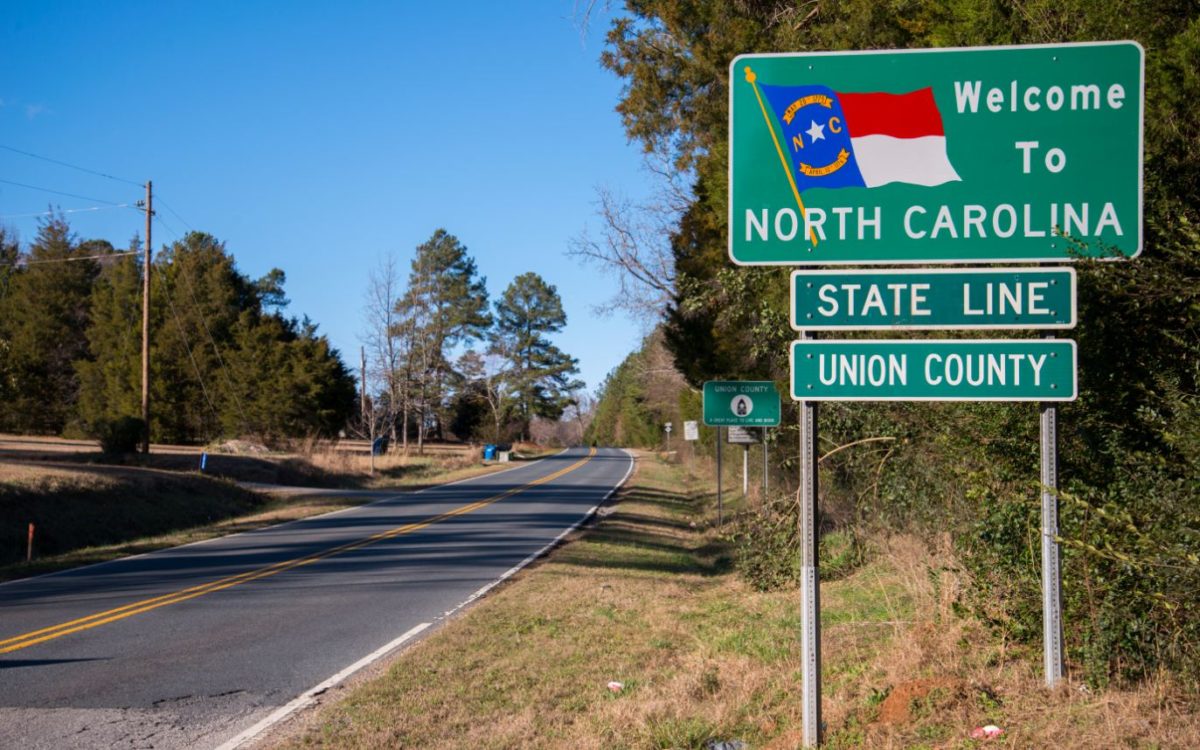The formerly obscure and thoroughly wonky Public Utilities Regulatory Power Act of 1978 (PURPA) has emerged in the last few years as a significant driver for solar in states that have weak or no renewable energy mandate. Nowhere is this more true than North Carolina.
Powered by PURPA, the Southern state skyrocketed to the nation’s second-largest solar market in 2014, driven by utility-scale solar projects at the upper end of the capacity that qualify for a PURPA contract. As a result, by the end of last year there was an estimated 1.6 GW of 3rd-party owned solar in the service area of two subsidiaries of Duke Energy, the state’s largest utility.
And while Duke has been building its own solar projects through subsidiaries, the company has not been indifferent to this massive growth of third-party solar in North Carolina. Duke has repeatedly asked state regulators to amend the rules under which PURPA operates, and last week gave testimony in support of its call for major changes to PURPA implementation.
The multiple changes requested by Duke include limiting fixed-price PURPA contracts to solar and other non-hydro renewable energy projects under 1 MW, and reducing the length of PURPA contracts from 15 to 10 years, with energy rates adjusted by the commission every two years. For larger projects, Duke has proposed a competitive bidding process instead of the fixed-price contracts awarded under PURPA.
Duke staff argued that such changes are necessary given both the booming quantities of solar on its grid and falling power prices. Due to sharply declining forecasts for gas and wholesale power prices, over the past four years Duke has brought down its calculation of “avoided cost” on which PURPA contract rates are set, from around $0.55 per kilowatt-hour (kWh) to $0.350-$0.370 kWh. As a result, the company calculates that it is now “over-paying” around $1 billion on $2.9 billion worth of PURPA contracts that were signed over the last few years before the 2016 rates came into force.
Additionally, Duke estimates that 4.9 GW of pending third-party solar projects are in various stages of development, and that among these 1.1 GW of projects have locked in the previous, higher rates.
North Carolina-based solar developer and contractor Strata Solar describes Duke’s claims about over-payment on PURPA solar contracts as “misleading”. “If you extend that logic to say that there should be no long-term contracts, that undermines the natural gas hedging that they have done in the past,” Brian O’Hara, Strata’s SVP of strategy and government affairs, told pv magazine. “It is treating solar differently than you would treat a Duke-owned asset.”
Duke maintains that it wants to continue to grow solar in North Carolina, while transitioning to a “smarter” process. However, analysts say that the company’s proposals, if approved, would have consequences. “The changes that Duke is proposing would significantly impact the prospects for QF projects in the state,” stated EQ Research Policy Research Manager Chelsea Barnes.
Barnes says that of all Duke’s requests, the request to change prices for contracts every two years would be the most difficult one for developers to deal with. “One of the main things that developers look for is certainty in the terms,” notes Barnes.
Nor is this the first time that Duke has asked for such changes. “My understanding is that many of the changes they are asking for this year are similar to the changes they have been seeking for several years and haven’t gotten,” Barnes explains.
Last November Duke was able to get changes to interconnection procedures through a compromise reached with solar developers and approved by the state, which require circuit “stiffness” tests to determine local grid conditions. Barnes notes that the full impact of those changes has not yet been seen, which calls into question just how much of the 4.9 GW of projects will actually get built.
Regardless of valid concerns by solar companies as to the impacts of Duke’s proposed changes to PURPA, the utility’s claims of falling power prices have a factual basis. Sustained low gas prices combined with an ever-growing amount of zero-marginal-cost wind and solar generation have been tanking power prices, which caused power giant NRG to write down the value of both its renewable and conventional fleet during the fourth quarter.
“I think everyone believes the current system needs changing,” Duke Energy Communications Manager Randy Wheeless told pv magazine.
But what exactly those changes should be remains sharply up for debate. Strata Solar says that it is open to discussing future forms of procurement, including auctions, but that any proposed changes to PURPA require a consideration of the whole system. “You really need to talk about the market as a whole,” says Strata’s O’Hara. “It is a little hard to say that this and that needs to be changed from PURPA, because it really depends on what you are doing on the other end of that equation.”
This discussion is expected to intensify in April, when North Carolina regulators are set to make a determination on PURPA implementation.
Correction: This article was corrected at 9:45 AM EST on March 2 to fix a decimal in the wrong place for Duke’s avoided cost rates. We regret the error.
This content is protected by copyright and may not be reused. If you want to cooperate with us and would like to reuse some of our content, please contact: editors@pv-magazine.com.









Please edit the part about rates. Should be $55 to $35 per MWh or $0.055 to $0.035 per kWh. Thanks.
Thank you for notifying us of that error. It has been fixed, per the correction at the bottom of the article.